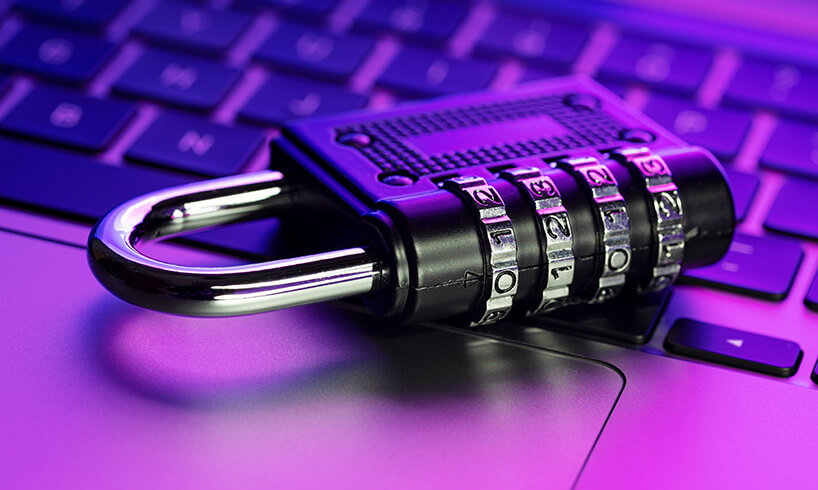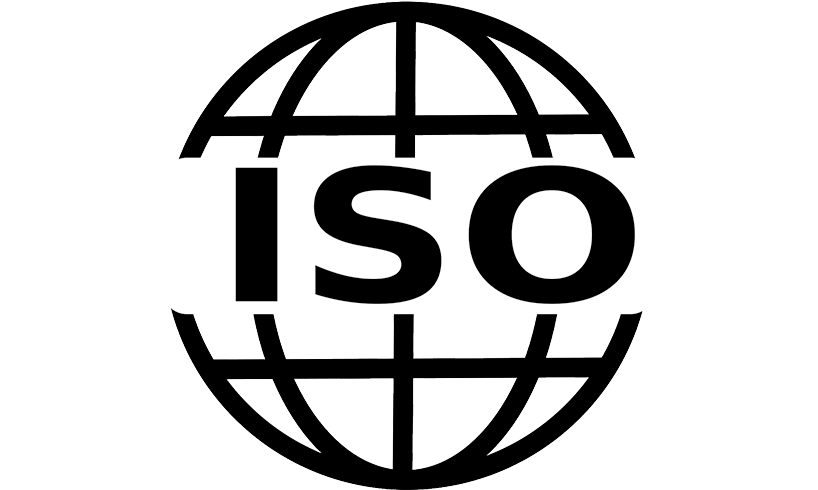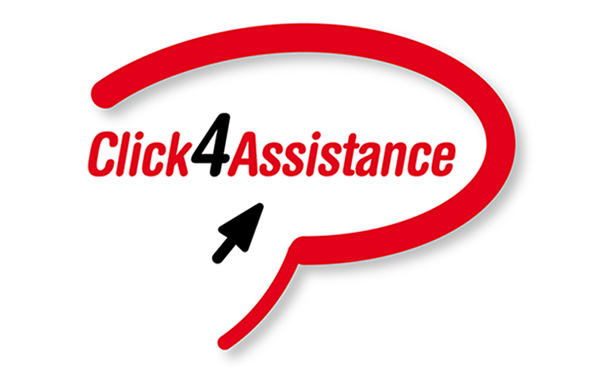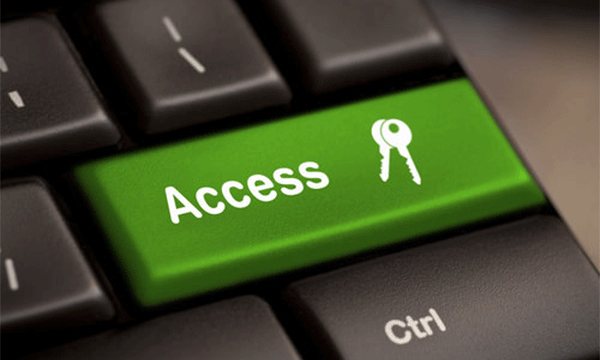10 ways to keep your business’s IT systems safe and secure

Keeping IT systems and sensitive data safe should be a priority for all modern businesses. Learn how to take control of your digital security strategies by clicking here.
As IT systems continue to play an increasingly vital role in business, keeping them safe and secure has become a priority. Not least because 32% of businesses have experienced breaches or attacks in the last 12 months. Worse still, many companies that fall victim to online attacks will stop trading within months.
Prevention is always the best form of protection. From using the best chat software for website and mobile app platforms to using secure passwords, here are 10 quick tips to help keep your business protected.
1. Use advanced anti-virus software
First and foremost, you must protect all devices with anti-virus and malware software. This extends to devices used by WFH employees. Almost 500 million ransomware attacks were detected by organisations in 2022 alone. When all files and documents are scanned for malicious content, keeping on top of the situation becomes far easier.
2. Set strong passwords
Weak passwords are ultimately one of the most commonly infiltrated cybersecurity systems. It is shown that an 18-character password with only numbers would require six days to crack, but one that includes lowercase letters would take 481,000 years to crack. Alpha-numeric passwords can be further supported by 2-step certifications.
3. Educate employees about scams
Statistics show that human error is responsible for up to 95% of data breaches. So, if you want your business’s IT systems safe, it’s vital that you make your employees aware of the latest scams. From phishing scams to malware, ensuring that all workers know how to identify and avoid the dangers will take safety to new levels.
4. Only use trusted software
Whether adding the best chat software for website management or using software to complete various admin tasks doesn’t matter. You should only ever use trusted software companies and ensure that all downloads come directly from a legitimate source. Otherwise, you may inadvertently put your data and client information at risk.
5. Backup necessary data
Regular data backups don’t only protect you from potential data theft. They also ensure that losses are minimised in the case of fires or other workplace incidents. The key is to keep the data encrypted and stored away from the main business premises. Of course, you should ensure that all major data files are frequently updated.

6. Clear unnecessary data and equipment
While keeping backup data is important, you must not overlook the need to get rid of data as soon as you no longer need it. Deleting data from any hardware before you remove them is vital. Likewise, you should dispose of all paperwork in a safe manner. Crucially, having less data available means that any attack will only cause limited damage.
7. Take care when using public networks
Company devices and data could be at increased risk when using public networks. While they can’t always be avoided due to the nature of your work, using a Virtual Private Network (VPN) can eradicate some of the danger. Meanwhile, it’s equally important to ensure that screens are not easily viewed by others and that devices are not left unattended.
8. Work with reliable web hosts
It is estimated that 30,000 websites are attacked globally each day. Working with a reliable web host that includes extra layers of security should be high on the agenda. When combined with ideas like using the best chat software for website design, you should find that this asset is far less susceptible to attacks.
9. Limit access to tech infrastructures
Every access point to your software, hardware, and data is a potential source of attack. Therefore, it’s always best to restrict tech infrastructure access. Restricted user privileges can be supported by unique networks and logins for individual departments and users. If a hacker does break through your systems, they’ll only have access to limited data.
10. Only use the cloud for necessary data
The growth of cloud computing has been nothing short of mind-blowing in recent years. However, almost half of all breaches are now cloud-based too. Given that the data is used by third parties, it’s best to keep sensitive data away from the cloud. When you do, it removes another potential source of attacks on your IT systems and data.
























